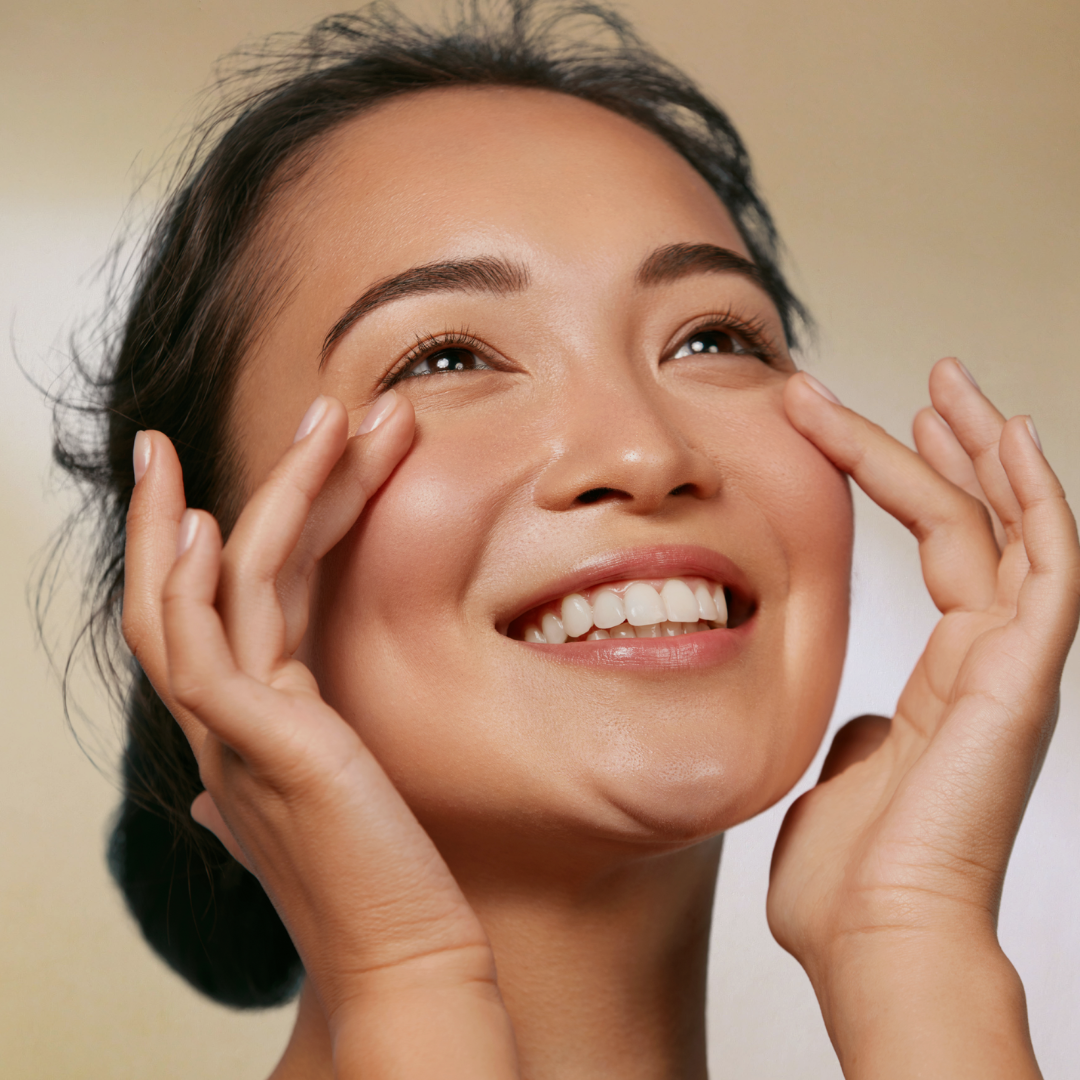Why elastin deserves the spotlight.
Collagen usually gets all the attention, but elastin is the unsung hero of youthful skin. It’s the protein that lets your skin stretch and spring back. Though it makes up only about 2-4% of the dermis, that small amount is crucial for elasticity and resilience.
How nature built in longevity (and limits).
Elastin fibres can stretch up to one and a half times their original length and withstand millions of cycles of movement over a lifetime. Unlike collagen, elastin has an exceptionally long half-life-around 70 to 78 years. That means the elastin you develop in youth is meant to last a lifetime. Once you reach adulthood, your skin has very little capacity to make new elastin, which explains why sagging and loss of bounce increase as we age.
Environmental threats that chip away at elastin.
The biggest threat to elastin is sunlight. UV radiation sets off enzymes that attack elastin, breaks down its cross-links, and creates oxidative stress. This is what causes solar elastosis-the leathery look that comes from sun-damaged skin. Pollution, smoking and chronic inflammation also accelerate elastin breakdown.
Why prevention matters more than repair.
Because your skin can’t regenerate elastin easily, the best strategy is to protect what you already have. That means daily broad-spectrum SPF, antioxidant support from vitamins C and E, and anti-inflammatory ingredients to defend against damage.
How Sekkeizu’s AM Serum supports elastin preservation.
At Sekkeizu, we focus on protecting the skin barrier - the foundation for everything else. Our AM Serum is formulated with barrier-strengthening actives and antioxidant protection to help reduce the oxidative stress and inflammation that drive elastin breakdown. By keeping the barrier resilient and defending against daily environmental aggressors, it indirectly supports the preservation of elastin fibres. Consistent use helps skin maintain its natural bounce and protects the structural proteins that define firmness over time.
Can skincare help boost elastin?
You can’t turn back the clock completely, but you can support and protect the elastin that remains.
- Peptides can signal skin cells to help maintain elastin structure.
- Vitamin C is involved in the process of elastin formation.
- Retinoids may improve how elastic fibres are organised.
Emerging research is also exploring elastin-like recombinant (genetically engineered) peptides. These are designed to mimic natural elastin, and studies show they can improve skin elasticity in as little as 28 days of use but we're a while away from it being a skincare ingredient.
What you can really expect
- Clearer complexion
- Slowing down of fine lines developing
- Smoother texture
- Enhanced resilience against environmental stressors
What elastin-focused products cannot do is restore elastin to youthful levels or erase deep wrinkles that have formed over decades. For those concerns, professional treatments often need to be part of the picture.
As always, lifestyle matters
Diet plays a role too. Elastin, like collagen, depends on protein. If your diet is low in protein, your body will always prioritise vital organs over skin. A balanced intake of amino acids helps support skin elasticity from within.
Simple, real-world tips
1. Start sun protection in your twenties, not your forties.
2. Layer actives smartly-serums with peptides before moisturiser.
3. Be consistent. Elastin support takes four to eight weeks to show visible results.
4. Combine topical care with professional treatments if you want to go deeper.
5. Eat a diet that supports skin proteins with enough high-quality protein.

